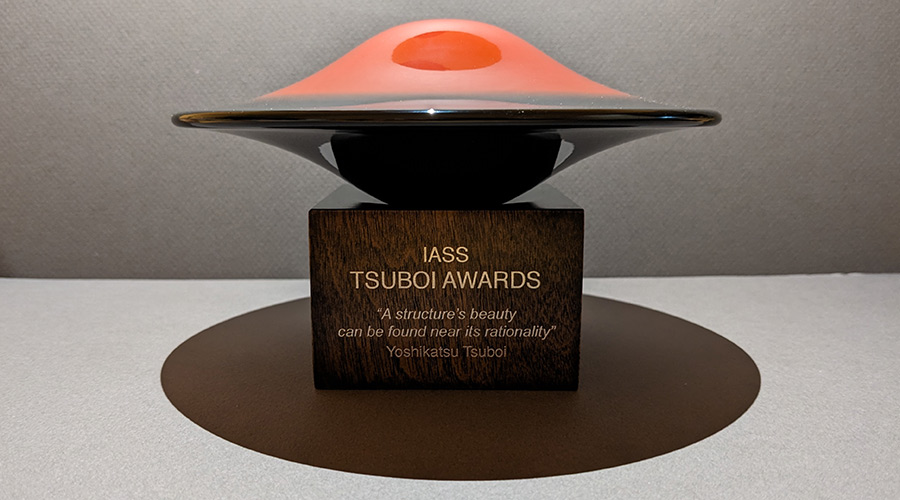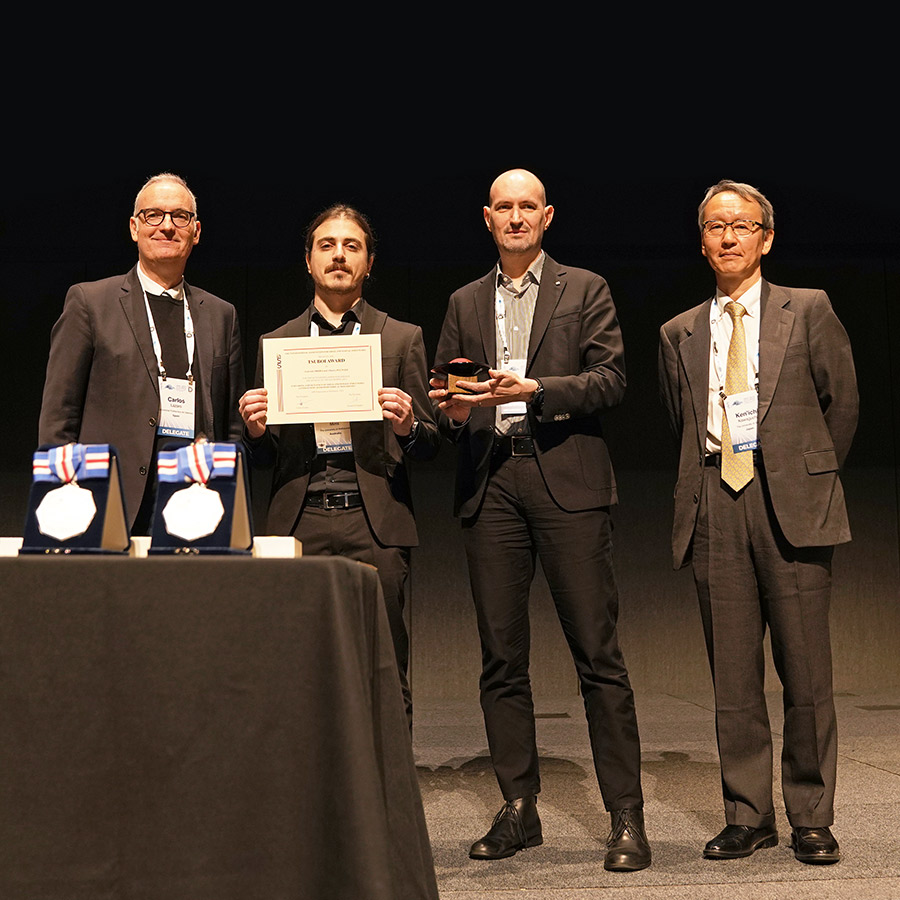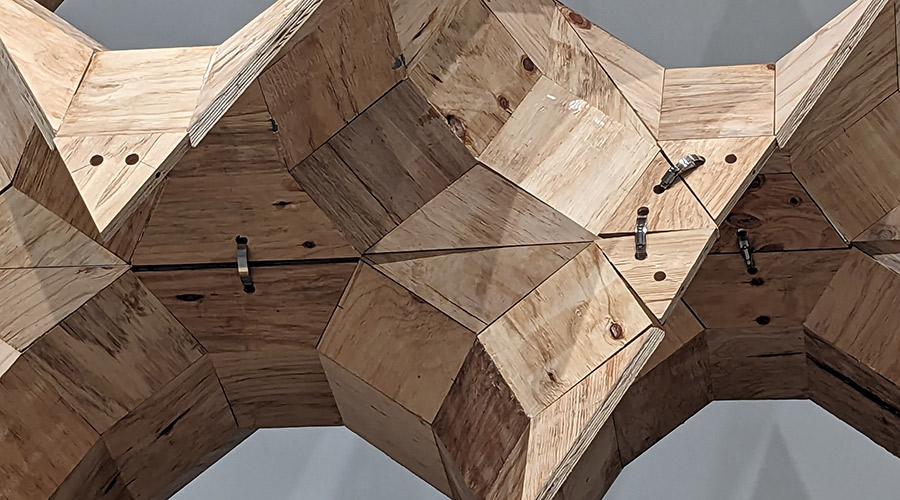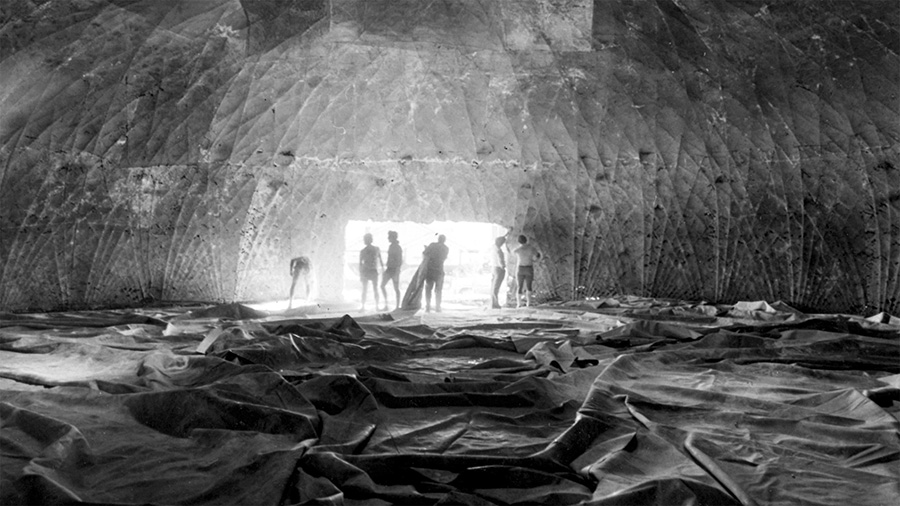At the IASS Symposium 2023, Gabriele Mirra and I were presented with the Tsuboi Award for "the most meritorious paper published in the Journal of the IASS in 2022". We are honoured to receive such a prestigious award, which celebrated the work of renowned scholars and designers in previous years, including Philippe Block, Heinz Isler, Mamoru Kawaguchi, Mutsuro Sasaki and Jörg Schlaich. We'd like to express our sincere gratitude to the selection committee for recognising our paper and extend heartfelt thanks to our colleagues and friends who joined us in celebrating this achievement at the IASS Symposium 2023.
Awarded paper: Mirra, Gabriele; Pugnale, Alberto; "Exploring a Design Space Of Shell and Tensile Structures Generated by AI from Historical Precedents", in Journal of the International Association for Shell and Spatial Structures, Vol. 63 (2022) No. 3 September n. 213, pp. 172-188 (17), DOI: https://doi.org/10.20898/j.iass.2022.008.
ABSTRACT
This paper presents the development and application of a computational design tool that can be used to explore an AI-generated design space for the conceptual design of shell and tensile structures. An AI model was trained to extract geometric features from a dataset of 40 well-known design precedents of shell and tensile structures and to construct a design space. The trained model was then endowed with an interface to allow the designer to explore the design space within CAD software. Unlike the majority of current approaches to parametric design and optimisation, the exploration of the design space – and therefore the interaction between the designer and the computational model – does not take place via design variables, but through visual input. The potential of this tool to support the conceptual design of shell and tensile structures is examined through an application involving iconic design precedents. The application shows that, unlike form-finding and optimisation, this tool generates design suggestions that are not performance-driven, and do not require the statement of the boundary conditions, which would pre-determine the results. Despite this, such design suggestions can be considered plausible because they embed specific design knowledge resulting from a re-elaborating process of the main geometric features of the precedents used to train the AI model. These features include, for example, the shape of the openings, the number and location of the support points or the inversion of curvature, where present. The application results question the role of computational tools in conceptual design and illustrate an alternative strategy to explore the design space.



